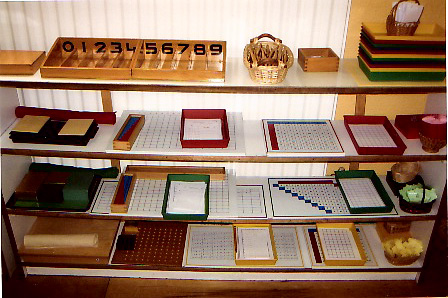Knowing and doing math are two separate things. This chapter made me reflect on my own learning experiences as a child in the area of math. Quoting from this chapter, "mathematics is a science of concepts and processes that have a pattern of regularity and logical order. Finding and exploring this regularity of order, and then making sense of it, is what doing mathematics is all about." I like how math is being defined in the quote because it shows that beyond just a set of topics with problems to solve, it is a subject that involves investigation and allows us to makes sense. It is a subject that causes us to unlock thinking skills that are vital in our everyday life.
Sadly, I never saw math in this light growing up. Math lessons always seemed to follow the same predictable structure where the teacher would explain certain methods in doing certain sums, ask a few questions, have a few children try out sums in front of the whole class on the board and then we would be sent back to our seats to complete our math exercises alone and individually where any form of discussion could mean you were copying answers. It was not only a lonely journey of learning, it was also intimidating. Moreover it was anything but discovery-like or exploratory.
From this chapter I have understood the importance of a teacher to create a "spirit of inquiry, trust and expectation" in the math classroom. Math becomes an invitation, not just another piece of homework, task or assignment for children. This made me reflect on how to make that invitation plausible in the early childhood classroom and I realise that this invitation might not be accepted or readily taken if it remains only at a verbal level.
The math classroom plays a big portion in the success of the math invitation handed out to children. The text talked about having a safe environment for children to learn and make mistakes. While these invisible "support" systems are important, what is physical should matter just as importantly.
"This system in which a child is constantly moving objects with his hands and actively exercising his senses, also takes into account a child's special aptitude for mathematics. When they leave the material, the children very easily reach the point where they wish to write out the operation. They thus carry out an abstract mental operation and acquire a kind of natural and spontaneous inclination for mental calculations." - Maria Montessori.Montessori believed that the environment is a support system for children's learning and discovery. I linked what was mentioned in the text with what I see in a Montessori classroom and realize that the manipulatives and materials in a Montessori based environment indeed allows a child to make sense of the mathematical world through (as mentioned in the text) "a pattern of regularity and logical order".
 Math materials in a Montessori setting. Regularity of pattern begins with left to right, small to big sequencing for every set of material. Materials are also built one upon another; new ones introduced upon the initial ones. In this way building upon children's prior knowledge.
Math materials in a Montessori setting. Regularity of pattern begins with left to right, small to big sequencing for every set of material. Materials are also built one upon another; new ones introduced upon the initial ones. In this way building upon children's prior knowledge.If educators gave every child the same opportunity to enjoy math as a holistic experience through an environment that supports (not necessarily a Montessori classroom), I think we will better succeed in handing out math invitations to children that will in return be better and more readily accepted.
No comments:
Post a Comment